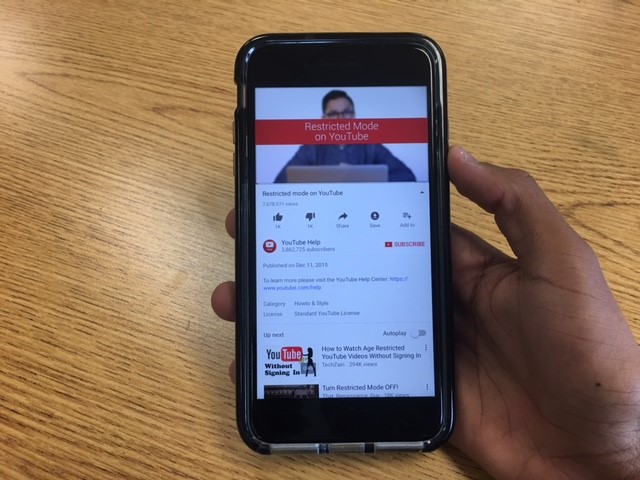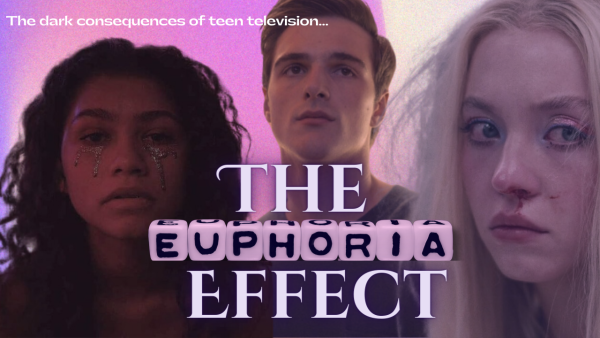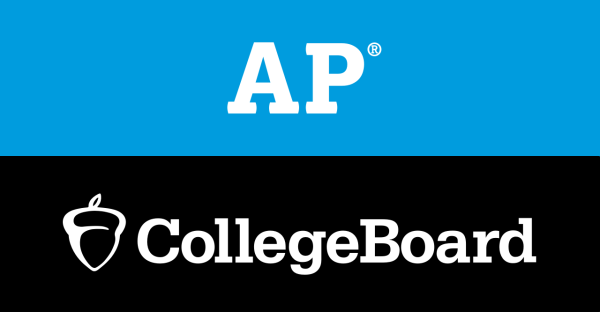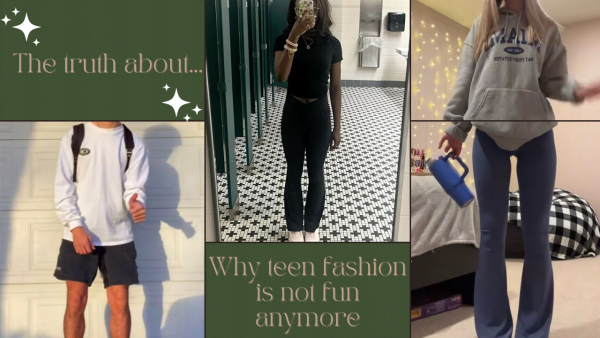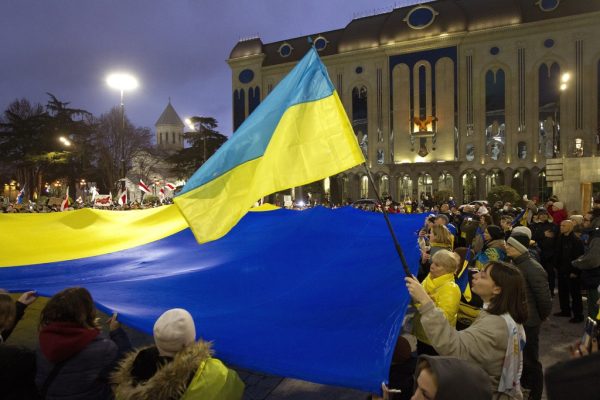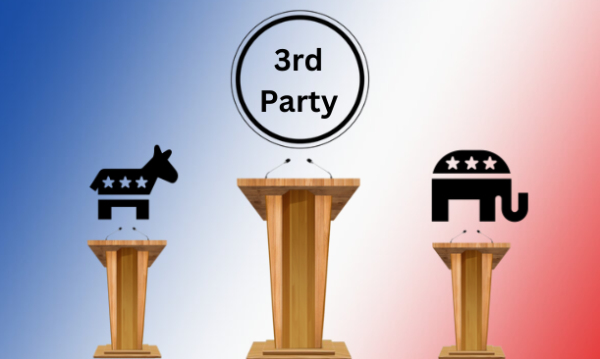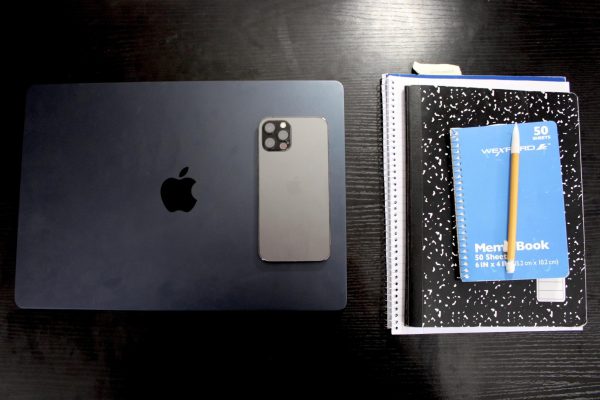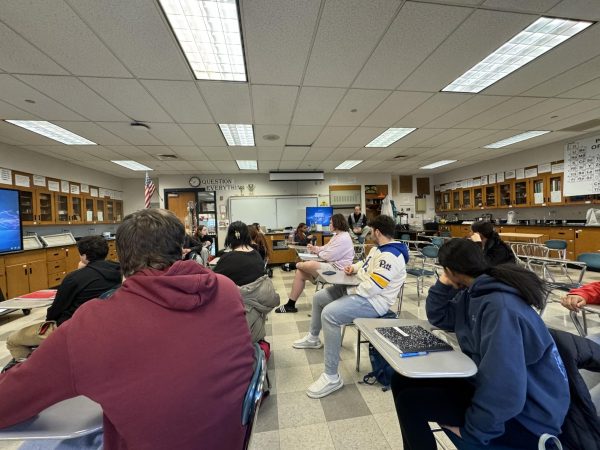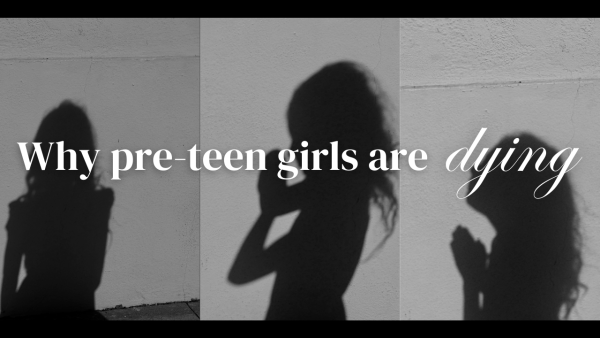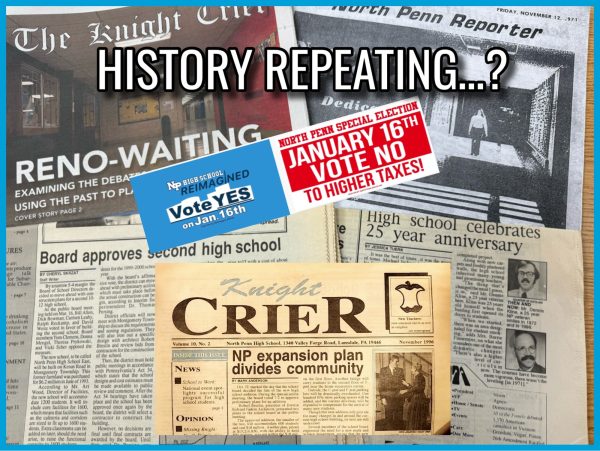The blurred line of objectionable content
Recent Youtube controversy opens doors for other conversations
LGBT YouTubers were shocked to learn early last week that YouTube’s Restricted Mode—an optional and on-by-default feature that uses “community flagging, age-restrictions, and other signals” to hide “potentially inappropriate content”—was filtering out some of their videos, those without adult language or explicit content, ones highlighting LGBT related conversations.
According to Google, Youtube’s restricted mode allows viewers to filter out “potentially objectionable content,” leading some LGBTQ+ vloggers to accuse YouTube of implicitly assuming their material are not “family-friendly.”
Because such a large percentage of its users have been silenced, the site has become a hypocrite to its own democratic motto, “Broadcast Yourself.”
Youtube introduced restricted mode in 2015 and geared towards children. It hides inappropriate content from viewers such as violence, nudity, or vulgar language. It doesn’t remove the videos from the site, however if people are using restricted mode, those videos will not appear.
Youtubers like Tyler Oakley, with a following of nearly 8 million subscribers, has become a victim to this censorship. He reached out to Youtube via Twitter, tweeting “still not fixed. one of my recent videos ‘8 Black LGBTQ+ Trailblazers Who Inspire Me’ is blocked because of this. i’m perplexed, @YouTube,”.
British YouTuber Rowan Ellis was one of the first to address the issue in a video posted on Thursday, where she spoke about personal situations where her and her friends have been discriminated against even in their work facilities.
She went on to talk about how censoring members of the LGBTQ+ community “does nothing to protect gay and trans children” and only is “inciting ignorance into a new generation”.
Viewer also noted that a couple of pop videos — including songs by Taylor Swift — were also removed from view in Restricted Mode, leaving unanswered questions about why specific videos are blocked from view.
“The bottom line is that this feature isn’t working the way it should,” Johanna Wright, YouTube’s Vice President of Product Management, wrote in a blog post. “We’re sorry and we’re going to fix it.”
Although there hasn’t been a successful resolution to this situation, Youtube has made a handful of statements where they have stated that they are working on fixing this problem.
For now that just leaves a lot of unanswered questions: Why have the YouTube Kids app that seems to do be filtering content in much the same way? And for other LGBT Youtubers such as “Matt and Blue”, who post clean, family friendly vlogs with their young son, Crow, for what reason are their videos being filtered out?
It’s hard in cases like these to give YouTube the benefit of the doubt. When, as a company, they seem to be talking out of both sides of their mouth, with producing a YouTube Red (comparable to Hulu or Netflix) series about Gigi Gorgeous, an openly transgender YouTuber, while, filtering out videos like Matt and Blue’s.
Regardless, if YouTube’s “LGBT ban” was intentional or not intentional, could this incidence just be one simple microcosm for the censorship of the like within institutions today?
Picture this: Sicily 1922 (*gestures grandiosely*) -just kidding – but really, picture sitting in your sophomore English class and the iconic play, Romeo and Juliet, has has just been passed out. At that moment, it might not have been clear but after you had read a few acts it was; the sexual tension between Juliet and her Romeo, the concurrent theme of lust and that one balcony scene where we all know that they did it.
Now that we are older and hindsight being 20/20, we can confidently ask how could they let mere children read such a play!?
The administration and the English department could promptly rebut that it’s Shakespeare and that a play like Romeo and Juliet is suitable because sex, lust, and violence are all themes within normal day to day life (or had been at one point in time).
But I ask, what if Romeo was in hot pursuit of Tybalt and not the fair Juliet? Would “Romeo and Tybalt” still be included in the sophomore English curriculum or taught in high school English at all? The storyline would be much the same, each house the emblem of a respective lover and the same lessons would still be taught.
I surmise the answer would be a subtle “no”; much like YouTube’s so called lackluster response, not really addressing anything but enough to not really offend those for or against.
Granted, North Penn has been very accepting of the LGBT community, allowing the Rainbow Alliance, allocating specified transgender bathrooms and hosting the Philadelphia Gay Men’s Choir a few months back.
Adversely, think back to freshman, sophomore year health class, learning about the body, hormones, sex and how to have safe sex. All of which, was completely saturated with heteronormativity and depending on your teacher, constricted openness of the conversation.
Now, turn back the clock and picture me, a gay male teenager in such a class – certainly nonplussed, steadfast on not ever participating in vaginal sex within the foreseeable future and asking himself: “how will this possibly help me?!”
Which, at a glance sounds pretty funny, I must admit but that is also quite dangerous. Millions of LGBTQ+ kids are advancing into the “real world” without critical information about their own bodies. Otherwise, they do advance into the world with some information but that of the unreliable and/or unsavory depths of the internet.
This gap in sexual education within schools, has contributed to the infamous “daddy culture” within the subgrouped, gay community. Specifically, younger men (in many cases under age boys) having relationships with older men to learn what it means to be gay. Going back decades, this has become quite normal yet sometimes a dangerous practice within the community.
And other effects? Poor LGBT sexual education in schools can also be held accountable for the higher percentage of HIV/AIDS within the community. Specifically, in transgender youths the rate of contracting the disease is four times higher than the national average. Besides HIV/AIDS, lesbian and bisexual youths are more likely to contract STIs because they lack the education to know that with all forms of intercourse the risk of contraction is there.
Movie ratings are a great thing to look at when discussing censorship within a given society. Consider the new Power Rangers movie, featuring the yellow ranger as a lesbian character. Leading up to the release of the film last Friday, it was in the news that Russia
(unsurprisingly) had given the film an 18+ rating, comparable to the MPAA’s (Motion Picture Association of America) R rating. In Canada, it was given a PG rating and the US, PG-13. Why such a discrepancy in the ratings you may ask, especially, between the US and Canada?
The sample truth is where each country draws the line; what shouldn’t children be allowed to see? Canada, taking more after the progressive social culture of Europe, has been very accepting of the LGBT community, being the fourth country in the world to legalize gay marriage. Hence, their “looser” rating at parental guidance. Russia did nothing to hide that a homosexual character was why the film was given an R rating but considering that homosexual acts are illegal in that country, the rating exemplified that view.
I can almost guarantee you that when the MPAA was making the rating it did cross their minds that a homosexual relationship was being “glorified” within the film, even if its explanation for why it was given a PG-13 rating did not explicitly state that that was a contributing factor.
These ratings definitely represent what is in the minds and hearts of its people. American has a long way to go to become as accepting as countries like Canada.
LGBT topics are still being filtered within our institutions. Be it schools, film, or the workplace, this conversion is still taboo.
Even this article that you are reading right now, has been looked at by the Knight Crier adviser prior to being published, because it is on a “sensitive topic”; sections of this article may have been changed or taken out.
When seeing life through an LGBT lens, society tells you not to be gay or trans or in worst cases that it does not exist. Growing up, you know you are different from your classmates but without perceiving the possibility that two men or two women can be in love, or a man can become a women or vice versa, it’s hard to know what that thing is.
I do not think that YouTube intentionally filtered LGBT content but I do think this up roar highlighted a bigger issue that desperately needs to be fixed. Regardless, if a child identifies as LGBT or not, everyone should carry the knowledge with them that being LGBT is normal.
This starts with kids being able to access LGBT YouTuber’s such as Joey Graceffa, Gigi Gorgeous, Tyler Oakley, Nikita Dragun and Matt & Blue’s coming out videos and lifestyle vlogs. In so many of these YouTuber’s videos, they say that YouTube was a place that made them feel like they were not alone but while this filter is still in effect, yet another once safe place for LGBT individuals will continue to be destroyed.


